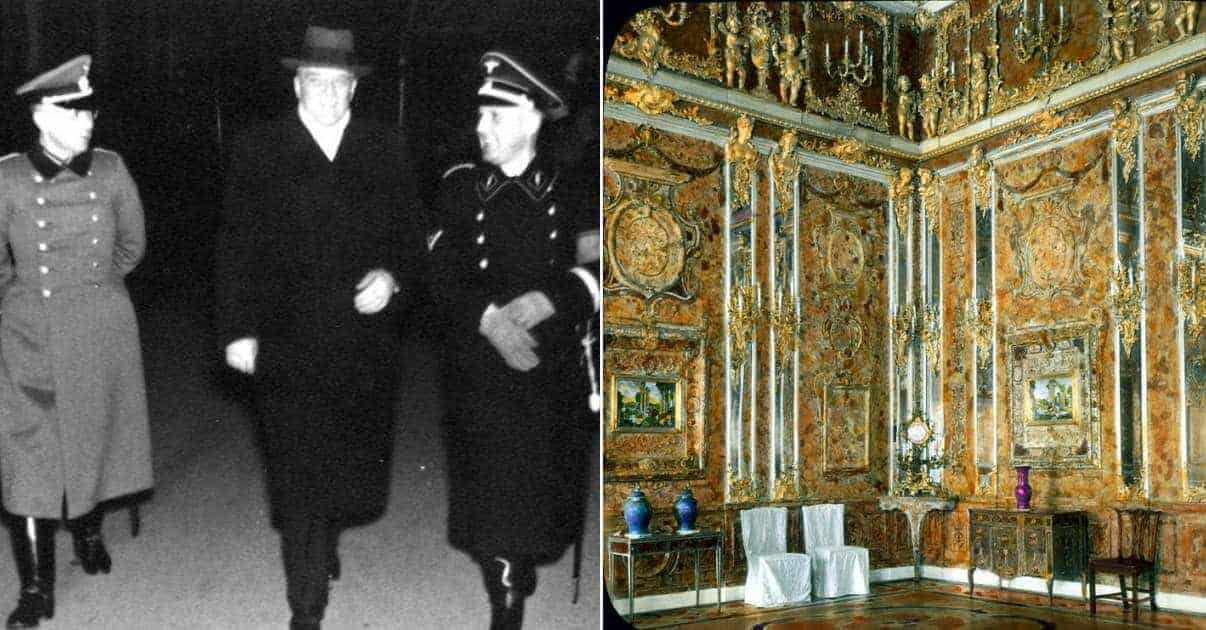Whether one is an avowed conspiracy theorist or not, the Third Reich still retains unanswered questions and mysterious circumstances which have led to speculation by historians for decades. Since the end of the war, there have been questions over what happened to Adolf Hitler. Most historians agree that he died by suicide in his bunker under the Chancellery in Berlin, some cite evidence indicating he did not. Even before the Third Reich crumbled under the guns of the Allies, mysteries over its activities were rife. What was Rudolph Hess really doing when he flew to Scotland? Was there really an Amerika bomber? Why was there such a large Nazi (and German) presence in South America?
As most of the senior Nazi and Wehrmacht authorities were accounted for, either as prisoners of the Allies or documented as war casualties, mysteries arose over those who had somehow eluded their enemies. Where did they go? Who helped them escape? Mysteries over Nazi activities and the collapse of the German nation helped feed the mutual distrust between the Russians and their English-speaking Allies as the shooting ended and the desire to consolidate territory and influence took over. Some mysteries were solved when the collapse of the Soviet Union gave access to Soviet records, others merely deepen as long believed answers proved to be untrue.

Here are ten mysteries left behind by the Nazis following the collapse of the Third Reich and the end of World War II.

The Swastikas in the trees
In 1992 a young intern for a landscaping company in Brandenberg approached his boss with a photograph. The intern had been working on the mind-numbing task of searching through aerial photographs for irrigation lines in wooded areas when he discovered a shocking image. In the midst of a densely wooded pine forest, there was a group of about 140 larch trees. Larches, unlike pines, change color in the autumn, as first their needles yellow, then turn brown. In the summer from the air, they are indistinguishable from pines to the untrained eye.
In the autumn, when the photo is reviewed by the intern was taken, the larches stood out plainly, yellow in a sea of dark green. And the 140 larch trees were not a naturally evolving copse. They had been planted in a pattern, which would only be visible for a few weeks a year, and then only from the air at the proper angle. The pattern was a swastika. The size of the trees indicated that they had been there for some time.
Measurement of the trees dated the larch swastika to the 1930s. For nearly sixty years a vivid yellow swastika had appeared every autumn in the woods in Kutzerower Heath, Germany, undetected throughout the Soviet occupation and the domination of the Communist East German government. The question was why was it planted and by whom? As the news of the larch swastika spread reports arose over similar plantings throughout Germany.
A swastika of Douglas firs was reported growing in the midst of a deciduous forest near Wiesbaden which when it shed its leaves in the fall found itself emblazoned with a green, albeit reversed, symbol of the Nazi Party. A complete forest near Kyrgystan was reported in the shape of a reversed swastika, supposed to have been planted by German prisoners of war, at least according to local legend. A spruce forest near Asterode was decorated with a larch swastika and the year 1933, according to US troops who reported it to the government of the Federal State of Hesse in the 1970s. It should be remembered that the swastika symbol is banned in Germany today, as it was in West Germany then.
When the swastikas in the woods originated can be scientifically estimated and most that have been discovered were planted in the 1930s. How they were planted and by whom remain unanswered questions. Their appearances seemingly at random locations and the fact that they eluded detection for so long are both intriguing elements to a mystery which, like the larch swastika, remains concealed by the shadows unless one knows where and when to look.

